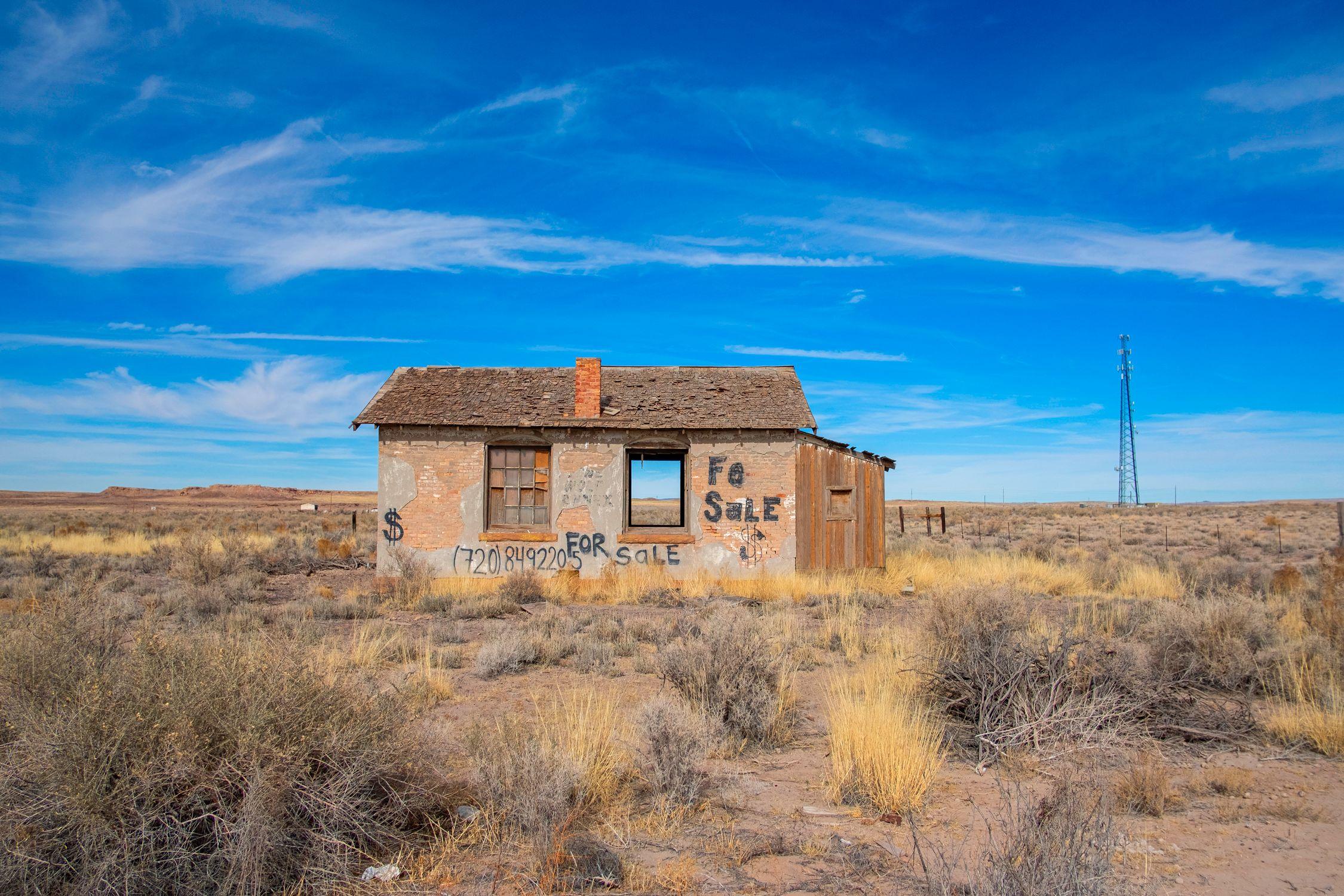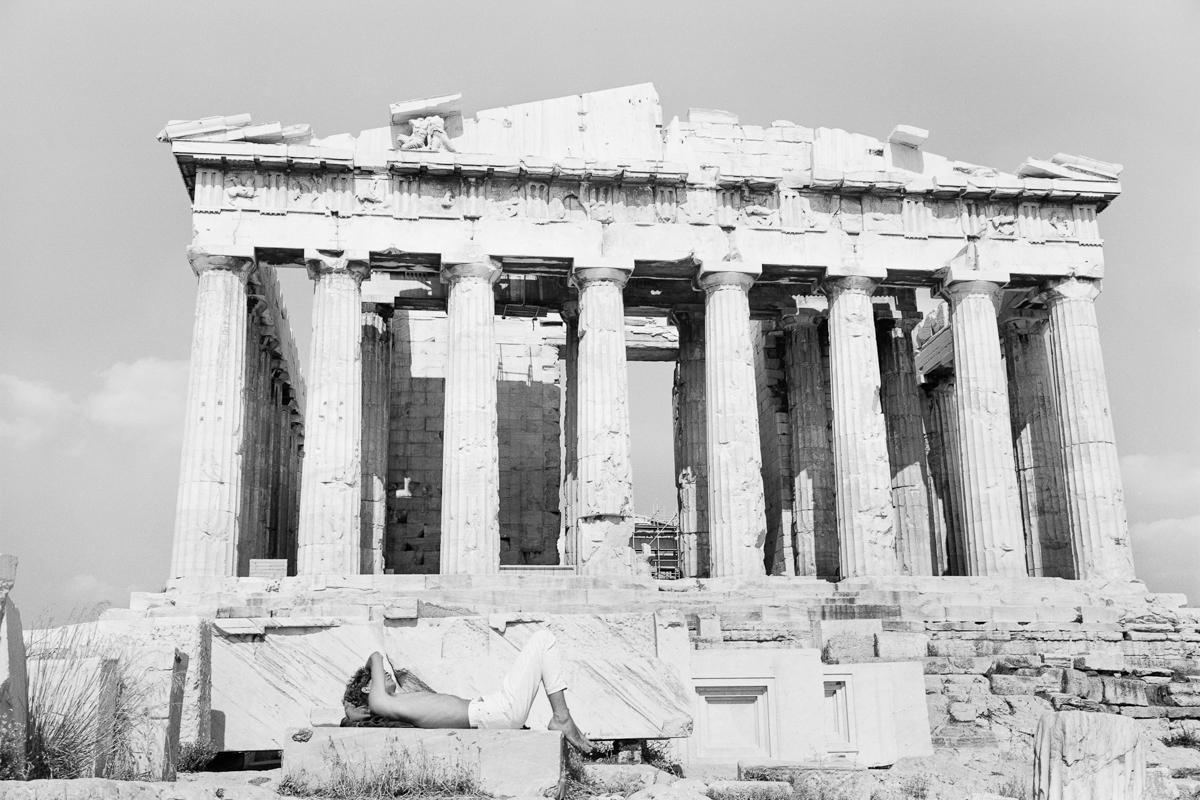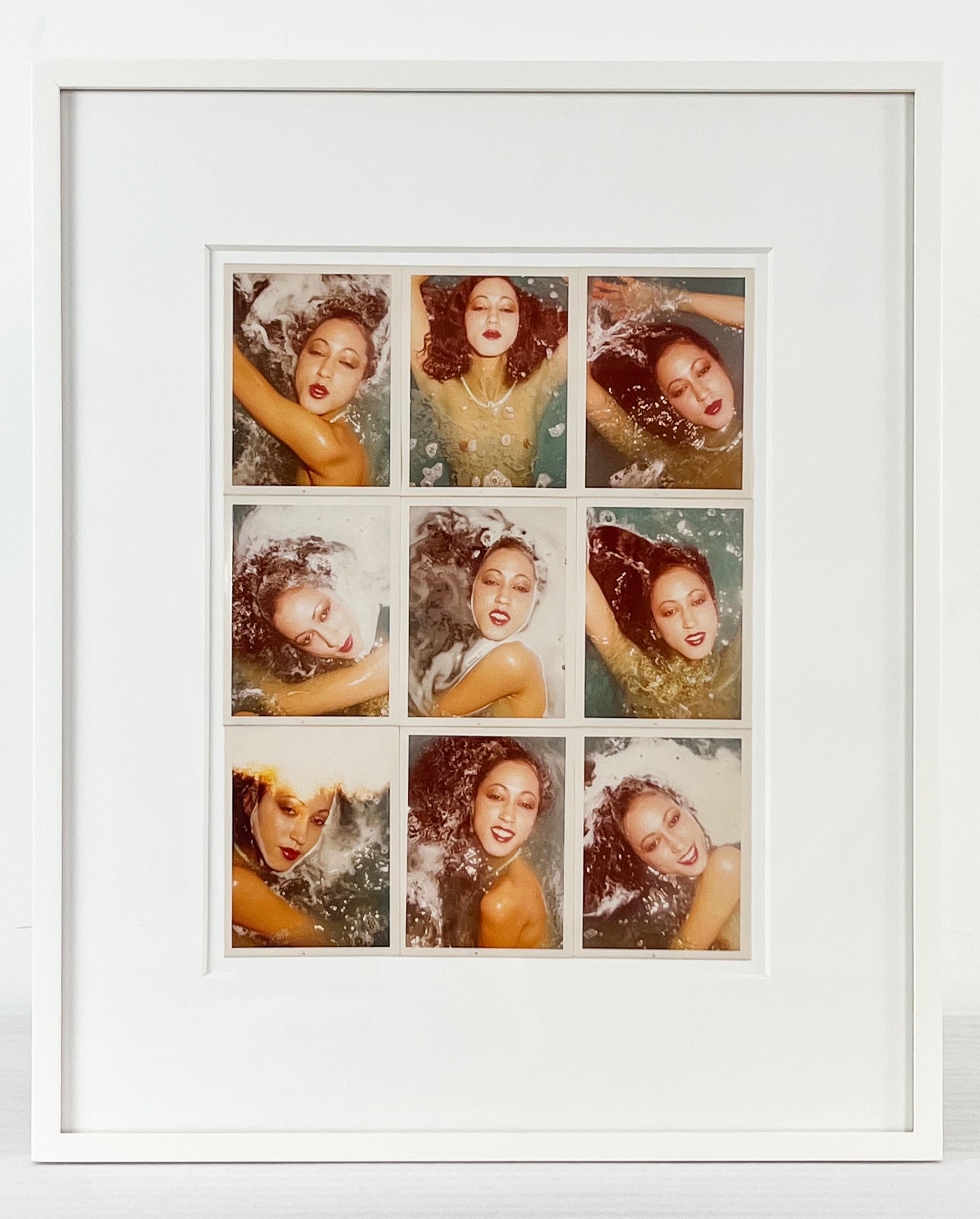Items Similar to Princess Pea (from the Fallen Princesses series)
Want more images or videos?
Request additional images or videos from the seller
1 of 5
Dina GoldsteinPrincess Pea (from the Fallen Princesses series)2009
2009
About the Item
Text by Jack David Zipes
An American retired Professor of German at the University of Minnesota who has published and lectured on the subject of fairy tales, their evolution, and their social and political role in civilizing processes. According to Zipes, fairy tales “serve a meaningful social function, not just for compensation but for revelation: the worlds projected by the best of our fairy tales reveal the gaps between truth and falsehood in our immediate society.” His arguments are avowedly based on the critical theory of the Frankfurt School and more recently theories of cultural evolution.
When feminists began -re-writing fairy tales in the 1960s and 1970s, one of their major purposes was to demonstrate that nobody really lives happily ever after, whether in fantasy or reality, and one of the important political assumptions was that nobody will ever live happily ever after unless we change not only fairy-tale writing but social and economic conditions that further exploitative and oppressive relations among the sexes, races, and social classes. This general purpose is still at the root of the best and most serious writing of fairy tales by women, and in recent years, some of the best women painters, artists, photographers, and filmmakers in North America have created unique works that question traditional representations of gender, marriage, work, and social roles.
In order to explain why nobody lives happily ever after, neither in fairy tales nor in real life, and why nobody should invest their time and energy believing in a “happily ever after” realm, I would like to make a few comments about Dina Goldstein’s provocative photographs that pierce the myth of happiness. This is not to say that we cannot be happy in our lives. Rather, I should like to suggest that the fairy-tale notion about happiness must be radically turned on its head if we are to glimpse the myths of happiness perpetuated by the canonical fairy tales and culture industry and to determine what happiness means.
Anyone who has seen Dina Goldstein’s unusual photographs knows that she not only deflowers fairy tales with her tantalizing images, but she also “de-disneyfies” them. Goldstein came to Canada from Israel when she was eight-years-old and had very little experience with the world of Disney films, books, artifacts, and advertisements. It was not until she was much older, when her three-year-old daughter was exposed to the Disney princesses, and when her mother was diagnosed with breast cancer that she began to reflect about the impact of the Disneyfied fairy tales. As she has said in an interview with the Vancouver Sun, “I began to imagine Disney’s perfect princesses juxtaposed with real issues that were affecting women around me, such as illness, cancer, addiction and self-image issues. . . . Disney princesses didn’t have to deal with these issues, and besides we really never followed their life past their youth.”
Goldstein’s photo series, “Fallen Princesses,” first appeared on the Internet in the summer of 2009, and they have received global attention as artworks that comment critically on the Disney world and raise many questions about the lives women are expected to lead and the actual lives that they lead. Her photos are not optimistic. Rather, they are subtle, comic, and grotesque images that undo classical fairy-tale narratives and expose some of the negative results that are rarely discussed in public.
For instance, in her macabre portrayal of Snow White, she depicts the gruesome fate of a young woman, who is the spitting image of Disney’s Barbie heroine. She stands in the middle of a suburban living room holding two of her children in diapers, one crying, one sucking her thumb. Another daughter is pulling on her skirt, while a fourth is crawling in a corner of the room. A tiny bulldog is sniffing the ground. The woman stares solemnly into the camera while her prince-like husband sits on an easy chair and watches a sporting event on television. Of course, he is holding a can of beer and is totally detached from his family. In another photo in the series, Snow White and her prince stare into the camera, completely alienated from one another. Whatever love there was between then has vanished.
Is this what marriage and family life are supposed to be? Goldstein does not generalize, for these are very specific social-class images that may resonate with viewers from all classes in different ways. If anything, Goldstein is concerned with the struggles that women must endure despite the gains made by the feminist movement in the past forty years. Her Rapunzel loses her hair perhaps due to chemotherapy. Her Belle undergoes plastic surgery so she can maintain her status as a beautiful woman. Her Red Riding Hood cannot stop eating and is so obese that the wolf might not be attracted to her, or perhaps he will find her extremely attractive. Pocahontas sits in a daze while watching television in a room stuffed with artifacts of natural life and surrounded by domestic cats. Indeed, Native American life appears to be tamed and domesticated. This is the same with the Little Mermaid, who is encased in an aquarium and has become little more than a display object. While not on display, the princess on top of the mattresses in a dump yard does not fare much better. She will not be awarded a prince after sleeping on a pea. Instead, she is about to be swept away and discarded by a bulldozer. And perhaps this is a good thing because the pea test she was expected to pass is a patriarchal myth of the past and belongs to the refuse of history.
Goldstein’s scenes are carefully and artificially arranged, and yet, they do not seem posed. They are mock portraits of posed family scenes and sardonic cuts of fairy- tale films. They assume a life of their own because they are livid studies of depressing situations that need to be faced, not averted. The princesses in her photos are fallen because they had fallen for the Disney images and societal norms that are perverse or destructive for women. (Not to mention men.) They cut to the core of alienation and banality in our glitzy lives. This does not mean that there is no happiness after the happy ends of classical fairy tales, but her photos imply that women (and men as well) must be on the alert in the society of the spectacle not to believe the images imposed on us, but to create our own narratives and representations. Goldstein has boldly and fascinatingly exposed the underbelly of daily life in her photos. The fallen princesses in her photos — her representations — emanate from a critical vision and artistic endeavor that seek to come to terms with social conditions that limit our ability to recognize the myths of happiness. By picturing the consequences of manipulated fairy tales Goldstein hopes that we may alter our vision and contend with the spectacles in life that blind us with dazzling false promises.
- Creator:Dina Goldstein (1969, Israeli)
- Creation Year:2009
- Dimensions:Height: 42 in (106.68 cm)Width: 57 in (144.78 cm)Depth: 2 in (5.08 cm)
- Medium:
- Period:
- Condition:
- Gallery Location:Montreal, CA
- Reference Number:1stDibs: LU4767737812
About the Seller
5.0
Vetted Seller
These experienced sellers undergo a comprehensive evaluation by our team of in-house experts.
Established in 1996
1stDibs seller since 2014
96 sales on 1stDibs
- ShippingRetrieving quote...Ships From: Montreal, Canada
- Return PolicyA return for this item may be initiated within 7 days of delivery.
More From This SellerView All
- Last Supper, East VancouverBy Dina GoldsteinLocated in Montreal, QuebecDina Goldstein is known for her conceptual and complex photographic work in a pop surrealist style. Her first major projects, In the Dollhouse and Fallen Princesses, were very succes...Category
2010s Contemporary Figurative Photography
MaterialsPhotographic Paper
- DarwinBy Dina GoldsteinLocated in Montreal, QuebecDina Goldstein is known for her conceptual and complex photographic work in a pop surrealist style. Her first major projects, In the Dollhouse and Fallen Princesses, were very succes...Category
2010s Contemporary Figurative Photography
MaterialsPhotographic Paper
- Chalk ShorelineBy Holly KingLocated in Montreal, QuebecKing creates large format photographic landscapes in her studio with sculptural props and painted backdrops. She is interested in the tension between artifice and constructed realiti...Category
21st Century and Contemporary Contemporary Landscape Photography
MaterialsPhotographic Paper
- Nighthawks (What would Jack Bauer do?)By Diana ThorneycroftLocated in Montreal, QuebecDiana Thorneycroft is a Winnipeg artist who has exhibited various bodies of work across Canada, the United States and Europe, as well as in Moscow, Tokyo and Sydney. She is the recip...Category
21st Century and Contemporary Photography
MaterialsPhotographic Paper
- ElohimBy Dina GoldsteinLocated in Montreal, QuebecDina Goldstein is known for her conceptual and complex photographic work in a pop surrealist style. Her first major projects, In the Dollhouse and Fallen Princesses, were very succes...Category
2010s Contemporary Figurative Photography
MaterialsPhotographic Paper
- Togetherness IBy Nicholas & Sheila PyeLocated in Montreal, QuebecAs spouses and artistic collaborators Nicholas and Sheila Pye take both a delicate and dangerous look at married life. Working in performance, film, video, installation and photogra...Category
Early 2000s Contemporary Figurative Photography
MaterialsPhotographic Paper
You May Also Like
- Sky Wire Landscape PhotographBy William GreinerLocated in Fort Worth, TXWilliam Greiner, Rebar, Palm Springs CA, Color photograph, 30 x 45", 2020 The Space Between project is a collaboration between Fort Worth native abstract painter Matt Clark and nati...Category
2010s Landscape Photography
MaterialsPhotographic Paper
- Abandoned House Landscape PhotographBy William GreinerLocated in Fort Worth, TXWilliam Greiner, House FOR Sale, Muleshoe, Color photograph, 30 x 45" 2021 The Space Between project is a collaboration between Fort Worth native abst...Category
2010s Landscape Photography
MaterialsPhotographic Paper
- Red Desolate Landscape PhotographBy William GreinerLocated in Fort Worth, TXWilliam Greiner, MOTEL, Needles CA, Color photograph, 30 x 45", 2020 The Space Between project is a collaboration between Fort Worth native abstract painter Matt Clark and nationall...Category
2010s Landscape Photography
MaterialsPhotographic Paper
- Untitled from "On The Acropolis"Located in New York, NYListing includes free shipping in the US and a 14-day return policy. All prints are made to order and will arrive in mint condition directly from Tod Papageorge...Category
1980s Black and White Photography
MaterialsPhotographic Paper, Silver Gelatin
- Pat ClevelandBy Antonio LopezLocated in New York, NYListing includes framing with UV plexi, free shipping to the continental US and a 14-day return policy. Nine 4.5 x 3.25 inch unique vintage Kodak print of Pat Cleveland...Category
1970s Portrait Photography
MaterialsPhotographic Paper, Polaroid
- Untitled from "On The Acropolis"Located in New York, NYListing includes free shipping in the US and a 14-day return policy. All prints are made to order and will arrive in mint condition directly from Tod Papageorge...Category
1980s Black and White Photography
MaterialsPhotographic Paper, Silver Gelatin
Recently Viewed
View AllMore Ways To Browse
For Princess
By Princess
Good Thing
Princess Owned
Israeli Photography
The Love And The Princess
American Sporting Art
The Races
The Little Prince
Provocative Photography
Provocative Art Photography
German Art And Artifacts
1960s Photography Scene
Photography Mermaid
Blue Wolf
The Argument
Breast Photography
Mens Blue Top





